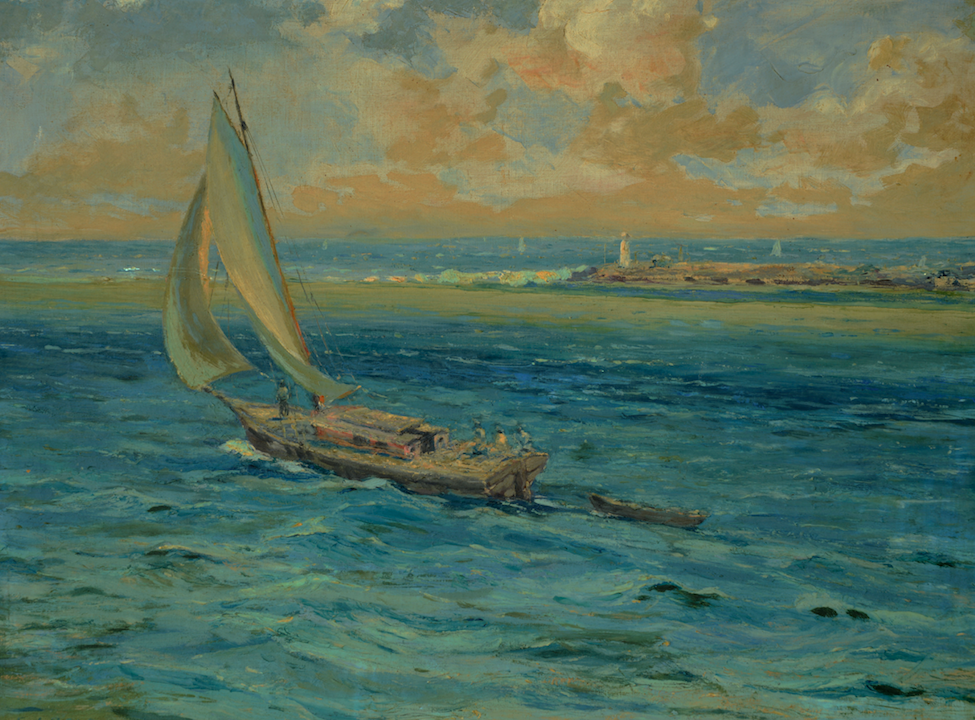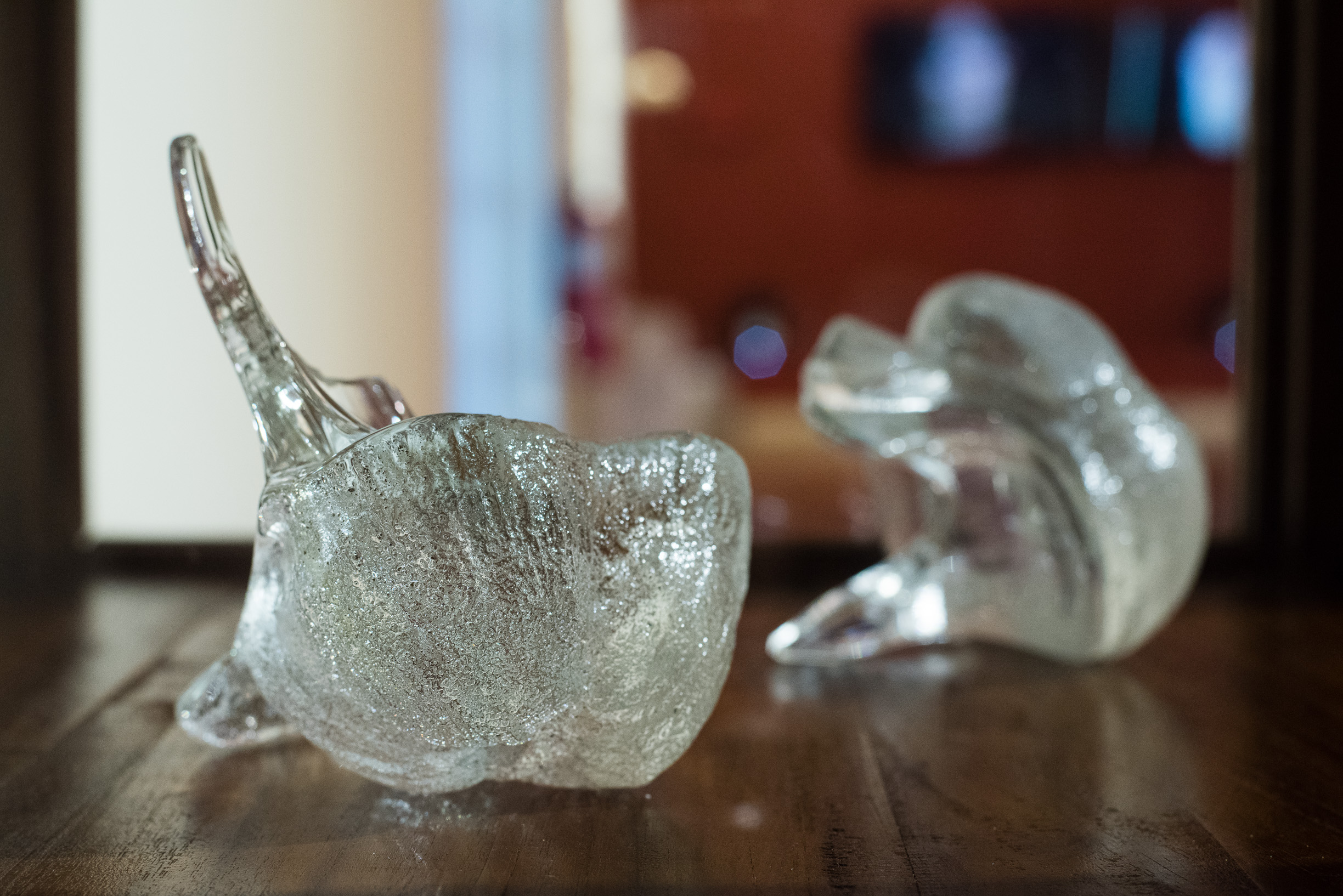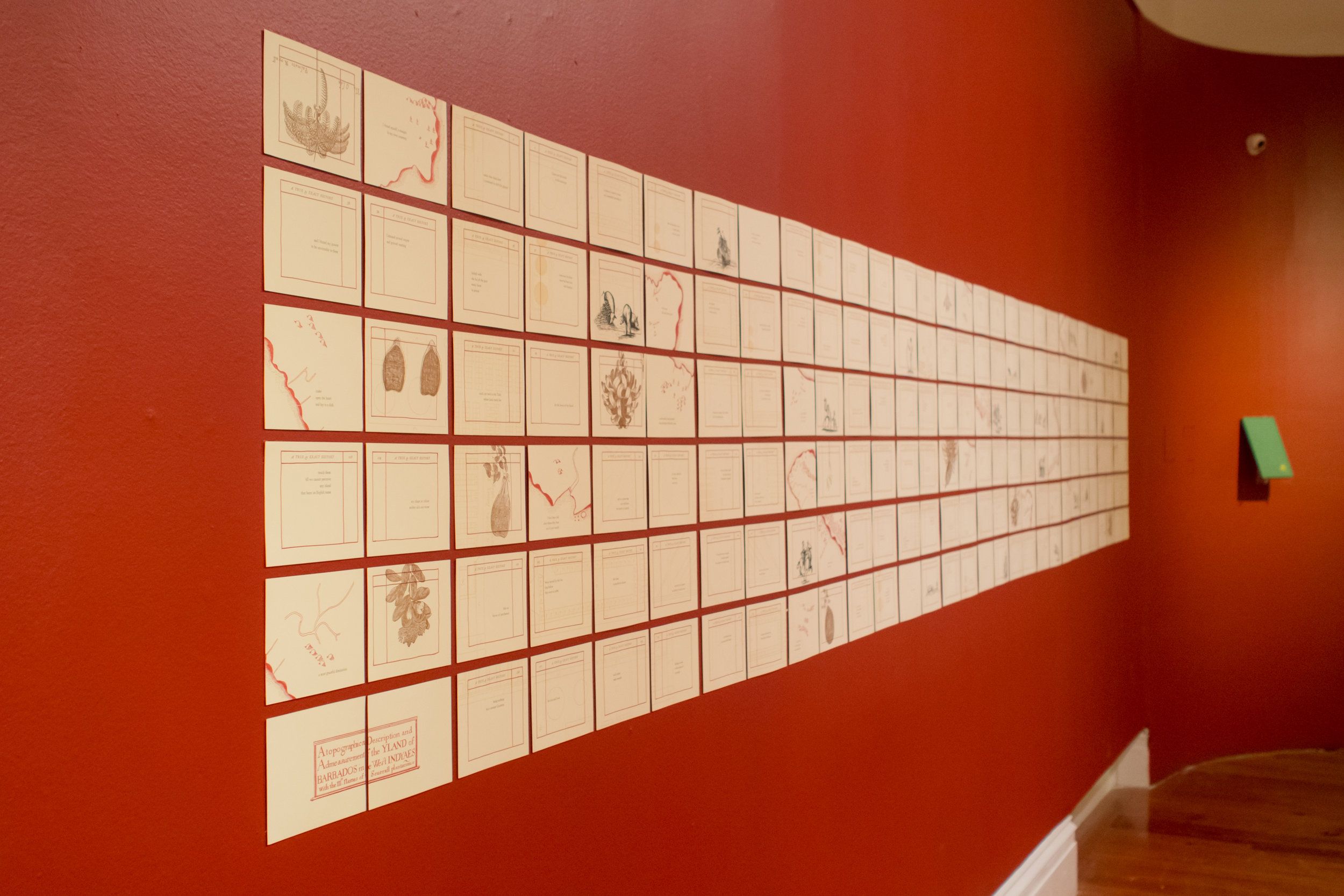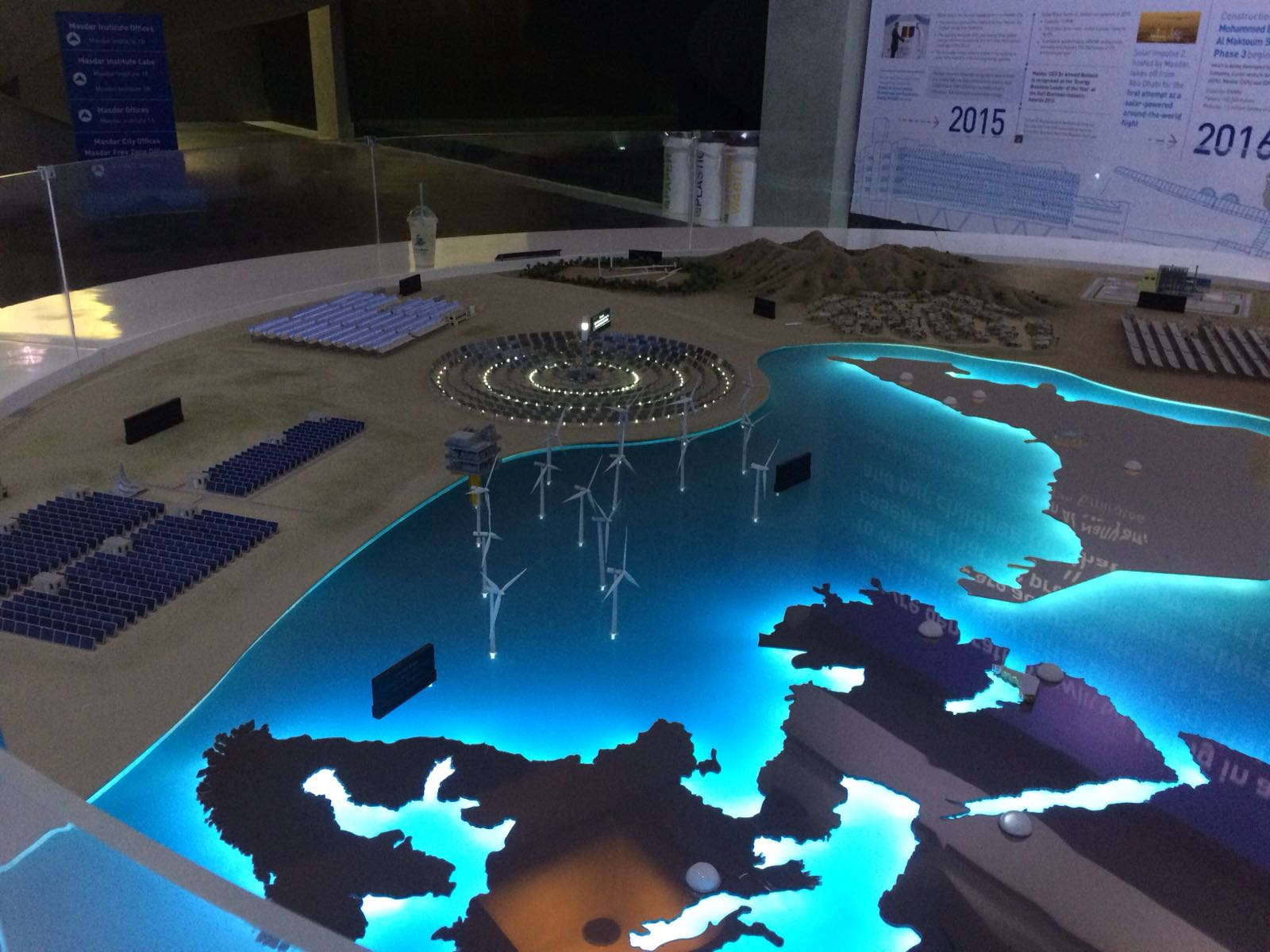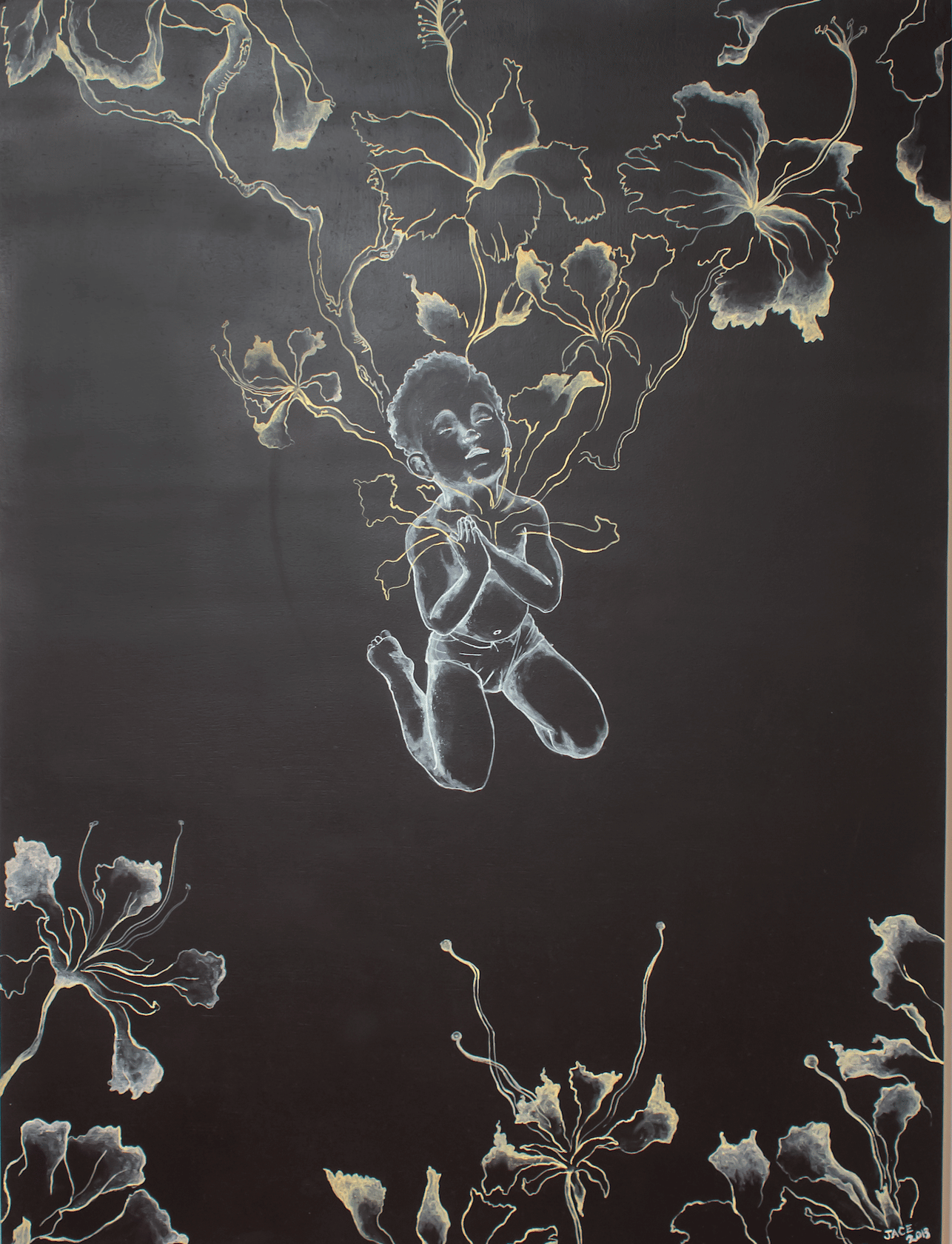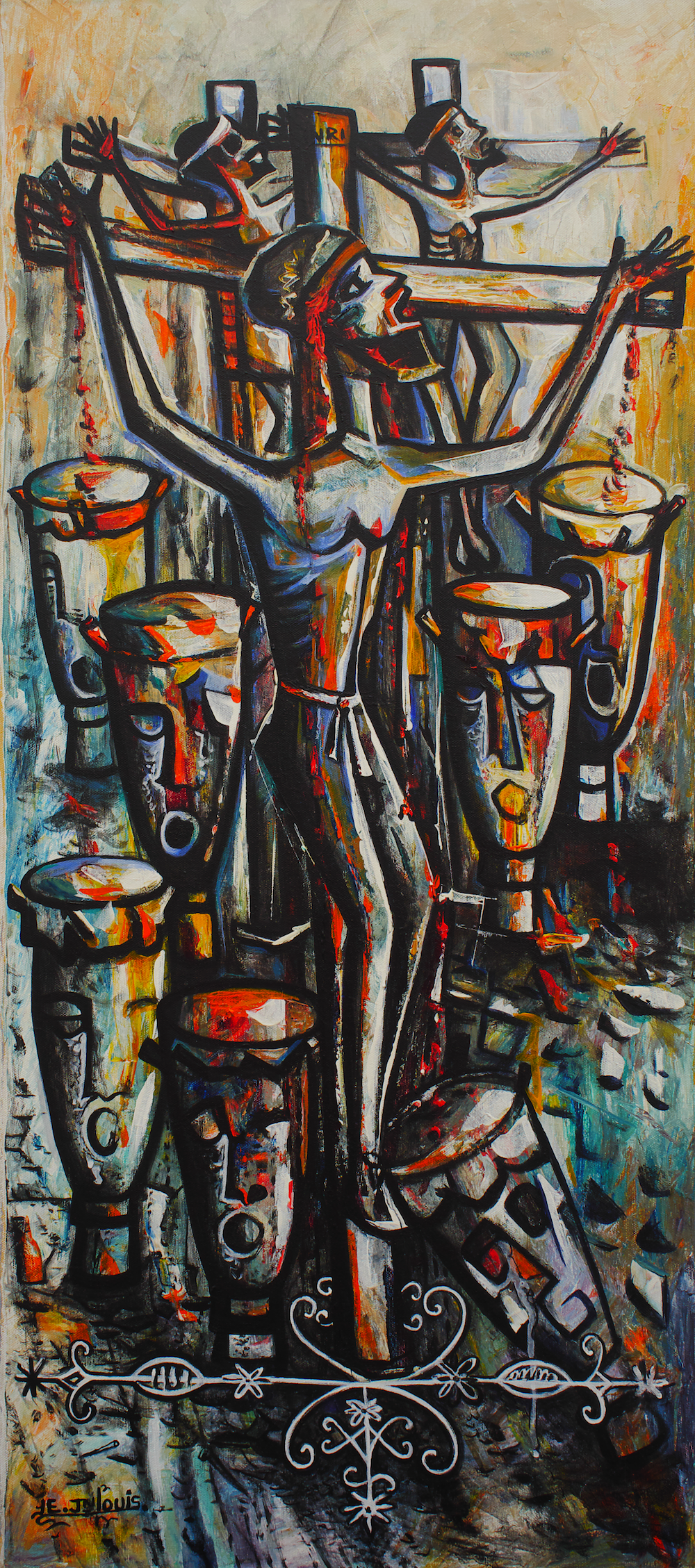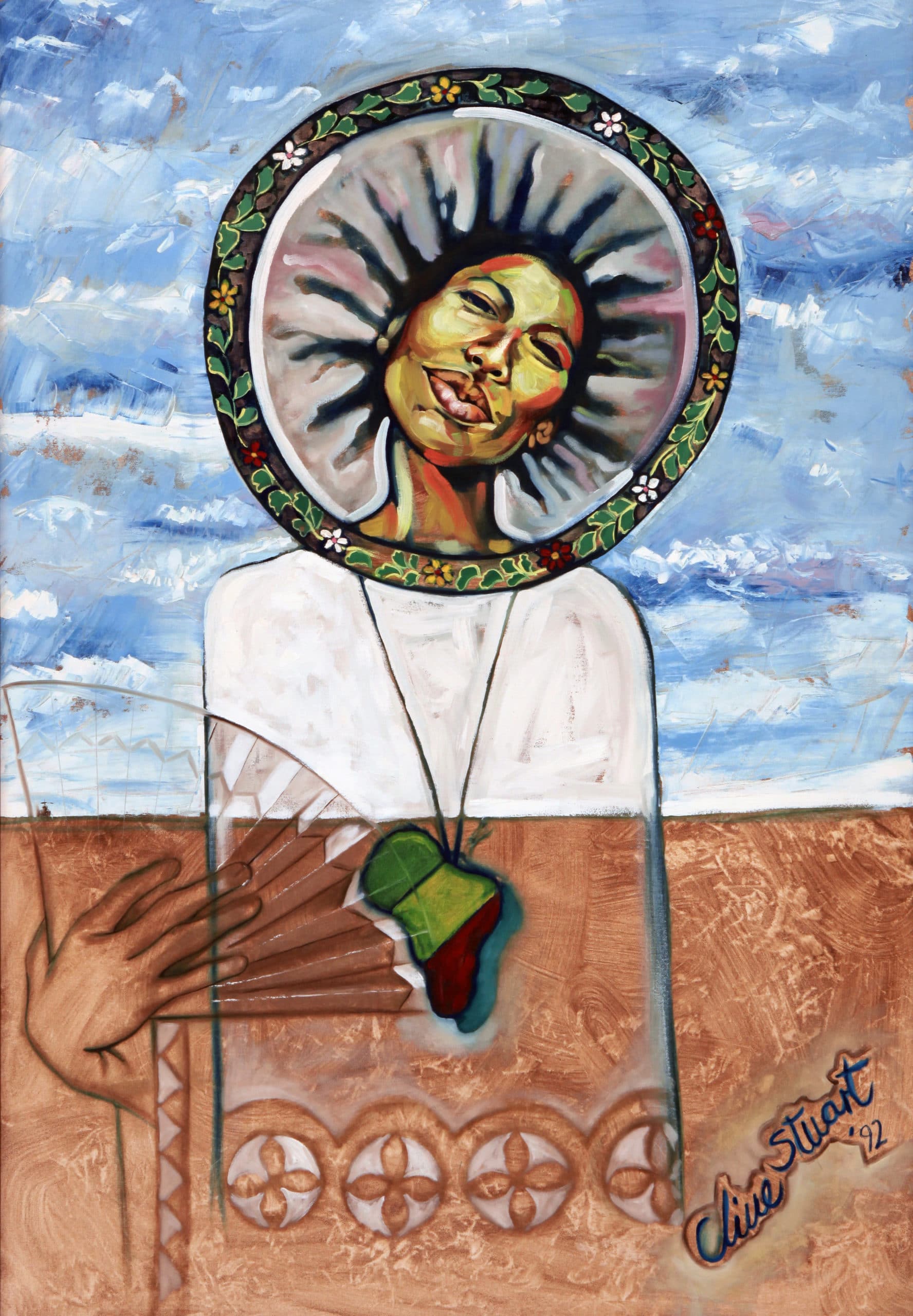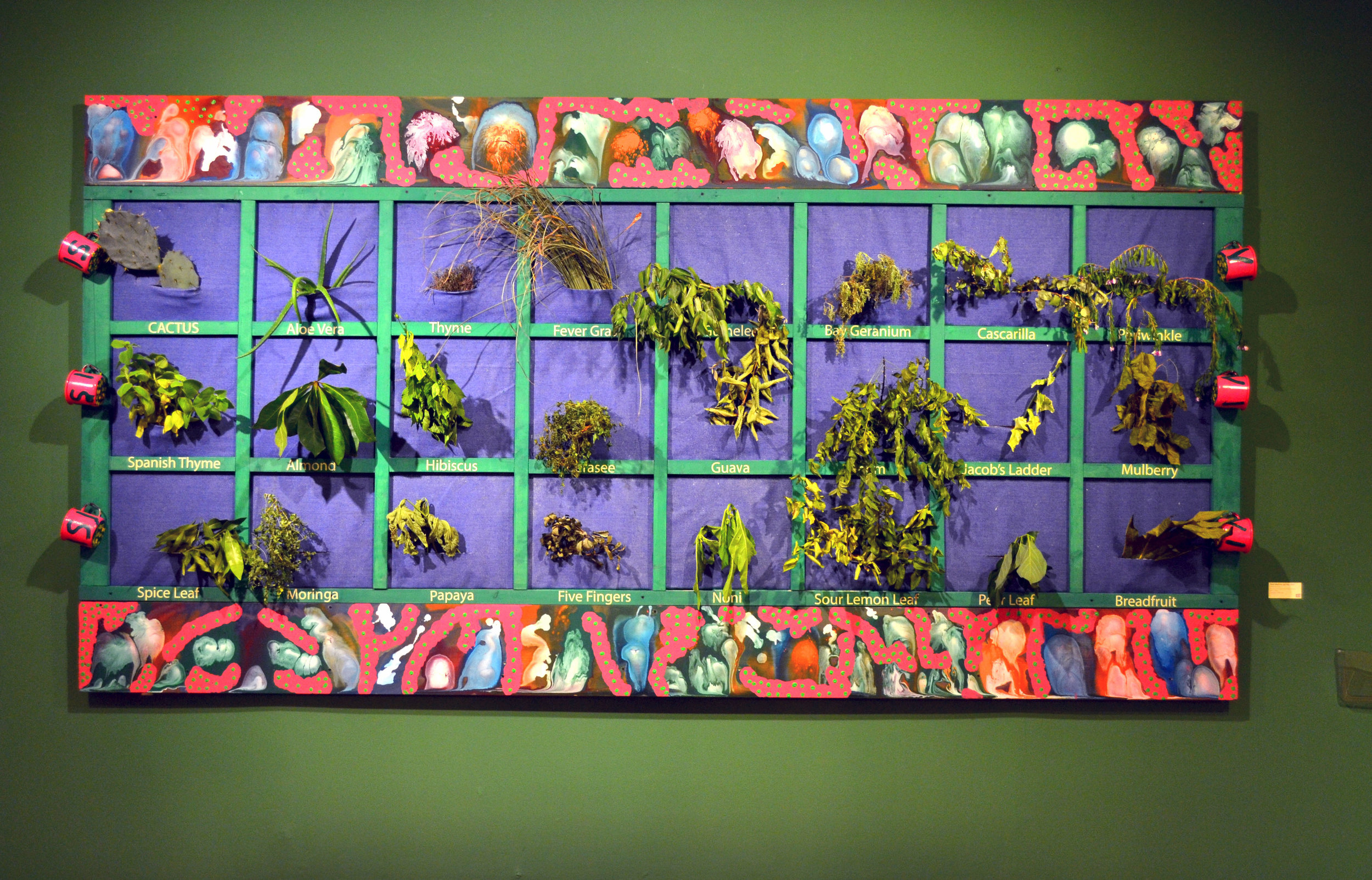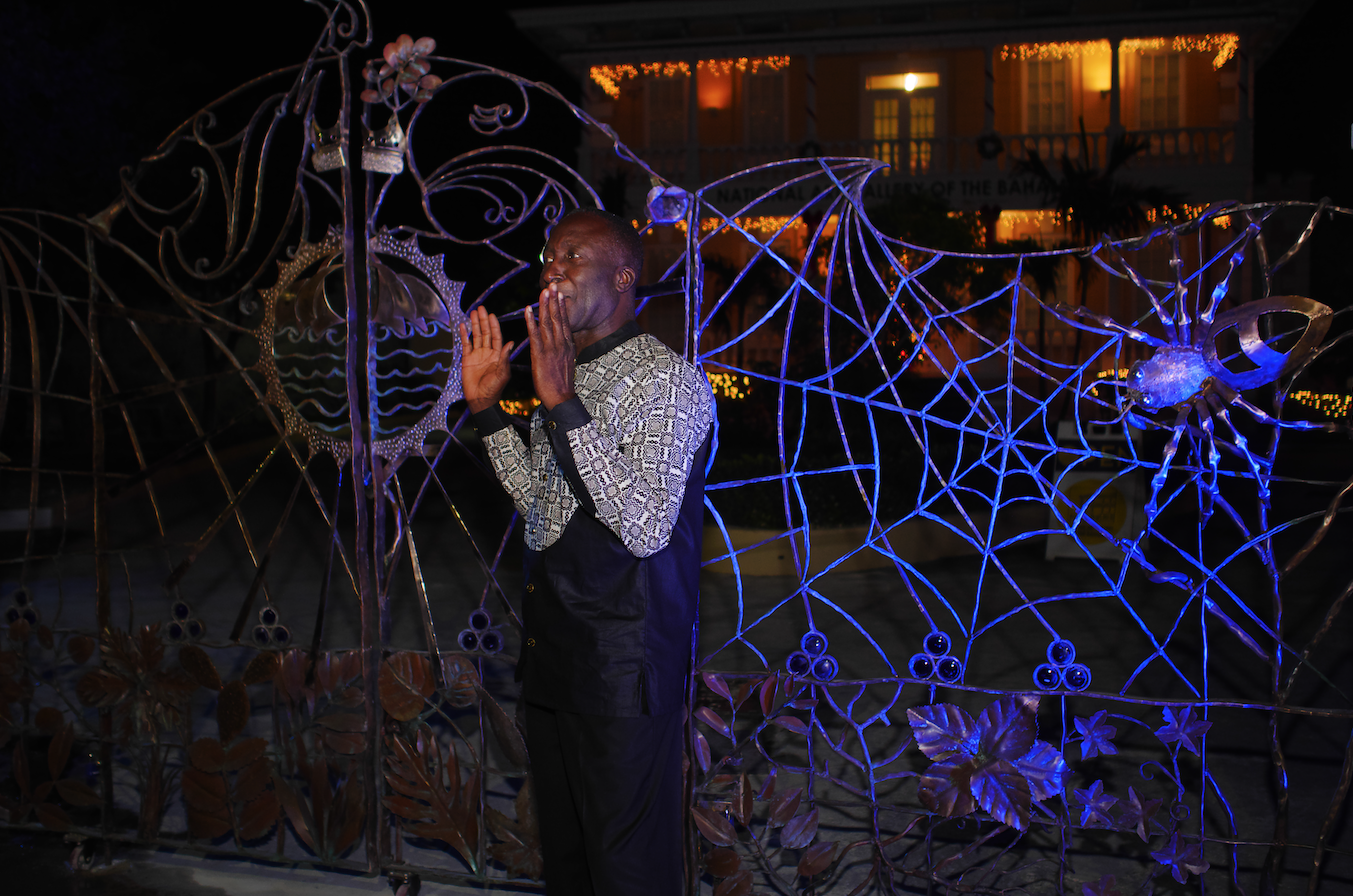By Dr Ian Bethell-Bennett. The 1920s through the 1960s were boom time for The Bahamas, especially for Nassau and other islands like Bimini, The Berry Islands and even Grand Bahama. Along with The Bahamas experience was the Cuba experience and the Haiti experience—the Caribbean was an exotic picturesque place to go to and explore. Tourism was new, it was exciting and it was important. The offering brought diverse populations into the various tropical spaces to see and live in this milieu.
Currently browsing: Editorial
My Mouth is a Heartbreak: Anina Major’s “Wisdom Teeth” (2017)
By Natalie Willis. Anina Major’s “Wisdom Teeth” (2017) are beautiful, haunting ghosts of an imagined body – this body could be mine, yours, our ancestors, an imagined overarching representation of the body of the Caribbean personified. Teeth are universal (for most of us at least), but they are also still body parts that have distinct history and stories for many of us. As a nation built on slavery, on the backs of Blacks, with a majority-Black population despite the diversity of races and nations that build into the potcake of this peculiar place – sometimes the Black racialising of experiences is too much to move past. Funny how that happens, in places still dealing with the toxic, poisonous vestiges of slavery with racism at the bedrock of our foundations. All this to say, when we look at teeth, we can’t not look at teeth in relation to Black people.
Locked in our Bodies: A resurrection of voices
By Dr Ian Bethell-Bennett, The University of The Bahamas. We are locked in bodies that demonstrate a temporal fixity that is only such. This became more apparent to me on my first experience in Salvador de Bahia, where the material remnants of slavery and colonialism remained intact and on view, unlike in New Providence where most of the remains of slavery are either dematerialised, vanished and decontextualised. As “We Suffer to Remain” evidences, the coloniality of the postcolonial condition becomes even more poignant when expressed through a clash/confluence of arts. Art allows space for a dialogue that exposes the pasts and versions usually edited out by the passage of time, and the power of the state to redirect what was once empowerment discourses.
Vision, Materiality and Creativity: A pathway to innovation and development?
By Dr Ian Bethell-Bennett, The University of The Bahamas. Can we conceptualise change? In our lessons, our lives, our schooling, have we been encouraged to examine a problem and to solve it? Have we been encouraged to dream big and produce along those lines? Usually, to ideate creatively, to innovate, to shift the cultural thinking or vision, we must think critically. This thinking makes some people uncomfortable, yet, this essential skill is wiped out in the Bahamian education system. We are also told that dabbling in art won’t pay the bills, however, to meet the demands of change, we must think creatively. Google, FaceBook, sustainable renewable cities, Worlds fairs, Disney World, are all creative building structures that use winds, the light and the landmass to cool, power, and illuminate are usually created in studios of creative minds that do not conform to linear thinking or conservative paradigmatic control.
“Prayer in a Dark Place” (2013) by Jace McKinney: Hope in spite of sinking feelings
By Natalie Willis. “Each night before you go to bed, my baby, Whisper a little prayer for me, my baby. Because it’s hard for me, my baby, And the darkest hour is just before dawn.” The Mamas & The Papas crooned about the sort of hope and prayer; the battle of light and dark and hard times that we all encounter, but we are used to hearing things a bit more succinctly in these parts. “I ga pray for you.” It’s something we all hear growing up in this place because regardless of what your personal beliefs might be, someone, somewhere in these 700 isles will be there to pray for you in hard times. Jace McKinney’s “Prayer in a Dark Place” (2013) is a visual representation for many of us of the vulnerability we can be made to feel in life, as we attempt to navigate this very particular space we inhabit. It’s by and large a part of being human for most, but especially for this complicated pocket of the world we live in with our rich and dark history.
William Sweeting’s “Two Natives at the Gate” (1971): As seen by our youth.
By Nakoa McKenzie, Student at C.R. Walker Secondary High School. Introduction: The National Art Gallery of The Bahamas prides itself on having a healthy and robust community outreach programme with high schools, especially those in our community. Every semester we work with schools to find students to partner with, especially those who have an interest in the arts and cultural initiatives. This extends to work-study opportunities, building and reinforcing how relevant research and data management is with regards to development and strategy. We give students the opportunity to thoroughly integrate with the NAGB team for a week or two – the time remains flexible- and during the first two days of observation, they have an idea of a more significant way in which they’d like to contribute.
This has all been said before: Art, Racism and the words of representation
By Dr Ian Bethell-Bennett.I borrow words from Haitian writer and activist Edwidge Danticat to start this piece “Nou Led, Nou La,” “We are ugly but we are here,” to express the sentiment against the “shithole countries” that have been accused for their suffering by powers that created it. And here we find ourselves again, in the ugliness of a non-racist, historical depiction of people and countries, even while some may be continents, that have been set a light by a history of gun-boat and dollar diplomacy, and representation that shows them to be nothing other than shithole countries with monkeys in the jungle.
Gaia Reimagined: “Mother Earth” (1992) by Clive Stuart
By Natalie Willis. Clive Stuart’s “Mother Earth” (1992; acrylic on plywood) is a serene and unapologetic celebration of both womanhood and Blackness. Born on Cat Island, Stuart imbues “Mother Earth” with the spirituality, magic, and mysticism of his birthplace. With an unapologetic Black woman standing front and centre as subject, the work celebrates just that – Black womanhood and all that it comes with.
